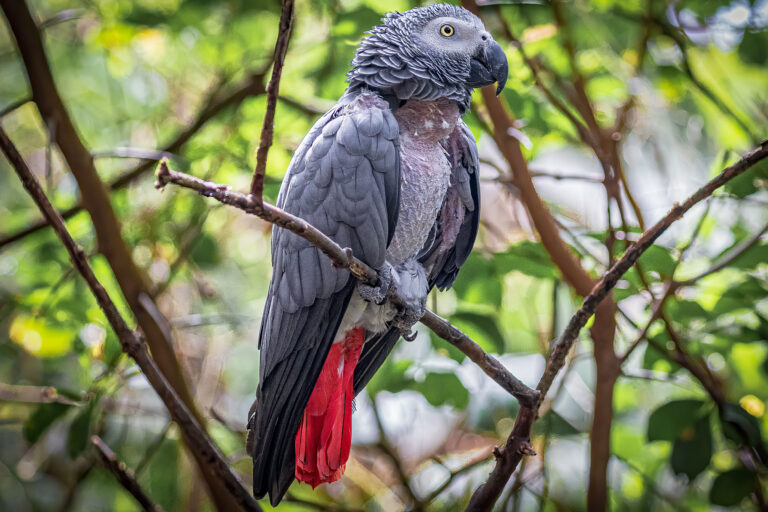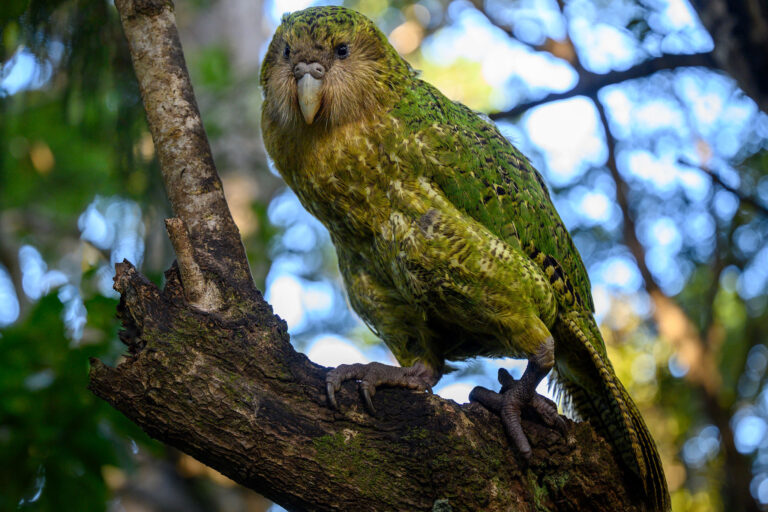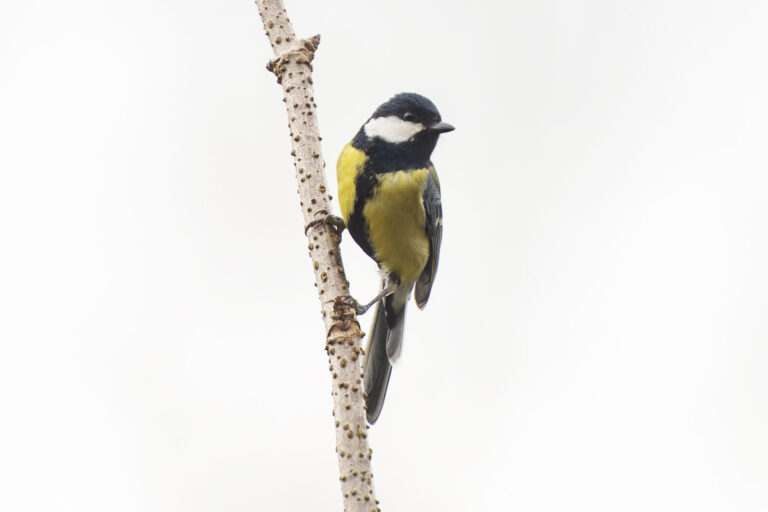Transforming your garden into a haven for hummingbirds is more than just adding color; it’s about inviting a symphony of nature’s most enchanting performers. These tiny, iridescent birds, with their rapid wingbeats and insatiable thirst for nectar, bring unparalleled delight to any outdoor space. But to create a garden that truly captivates these aerial wonders, you’ll need to choose the right plants. In this comprehensive guide, we’ll delve into the world of hummingbird-friendly flora, offering insights and recommendations to help you cultivate a paradise that hums with life.
Creating an Irresistible Habitat:
Hummingbirds are discerning visitors, seeking out gardens that offer a bounty of nectar-rich blooms. To entice these delicate creatures, aim for a diverse array of flowers that provide a continuous supply of food throughout the seasons. Plan your garden to include a mix of perennials, annuals, shrubs, and vines, ensuring there’s always something in bloom to attract their attention. Opt for plants with tubular or trumpet-shaped flowers, as these are best suited for hummingbird feeding. And don’t forget to incorporate a variety of colors, from fiery reds and oranges to soft pinks and purples, to catch their eye and create visual appeal.
Top Picks for Hummingbird-Friendly Plants:
1. Trumpet Vine (Campsis radicans):
This vigorous, climbing vine is a hummingbird magnet, thanks to its showy trumpet-shaped flowers that come in shades of red, orange, or yellow. Plant it in a sunny spot with well-drained soil, and watch as hummingbirds flock to sip nectar from its blooms.
2. Bee Balm (Monarda spp.):
With its fragrant foliage and striking clusters of tubular flowers, bee balm is a favorite among gardeners and hummingbirds alike. Choose from a variety of colors, including shades of red, pink, purple, and white, to add vibrant splashes of color to your garden.
3. Salvia (Salvia spp.):
Salvia species, such as scarlet sage and black and blue salvia, are renowned for their long-lasting blooms and irresistible nectar. Plant them in sunny locations with well-drained soil, and enjoy the sight of hummingbirds darting in to feed.
4. Cardinal Flower (Lobelia cardinalis):
As its name suggests, the cardinal flower boasts striking red blooms that are sure to catch the eye of passing hummingbirds. This moisture-loving perennial thrives in damp soil and is perfect for planting near water features or in rain gardens.
5. Coral Honeysuckle (Lonicera sempervirens):
A native vine with clusters of tubulars, coral-colored flowers, coral honeysuckle is a must-have for any hummingbird garden. Its vigorous growth habit and long bloom period ensure a steady supply of nectar throughout the season.
Maintaining Your Hummingbird Garden:
Once you’ve planted your hummingbird-friendly flowers, it’s important to maintain your garden to keep it in top condition. Water your plants regularly, especially during dry spells, to ensure they remain healthy and hydrated. Remove any weeds that may compete for resources and prune your plants as needed to promote healthy growth and continuous blooming. Consider incorporating a shallow water source, such as a birdbath or fountain, where hummingbirds can drink and bathe, adding another dimension of attraction to your garden.
Creating a garden that attracts hummingbirds is a labor of love that rewards both the gardener and the visitor. With the right selection of plants and a little thoughtful planning, you can transform your outdoor space into a sanctuary that hums with life and color. So roll up your sleeves, dig in the dirt, and get ready to welcome these delightful creatures into your garden. With the best plants at your disposal, you’ll soon be enjoying the enchanting sight of hummingbirds flitting among your flowers, bringing joy and wonder to your outdoor oasis.

Dr. David Woolard’s interest in veterinary medicine stems from his upbringing in the lovely hamlet of New Paltz, NY, where he gained a love of animals at a young age.
Subscribe my Newsletter for new blog posts. Stay updated from your inbox!










